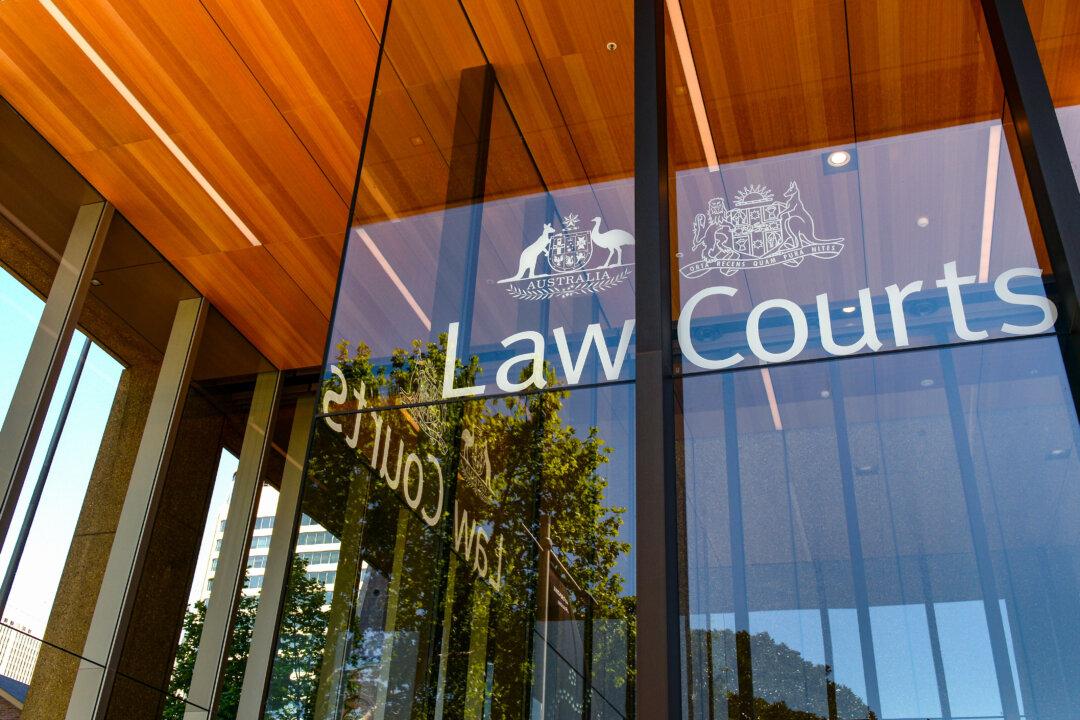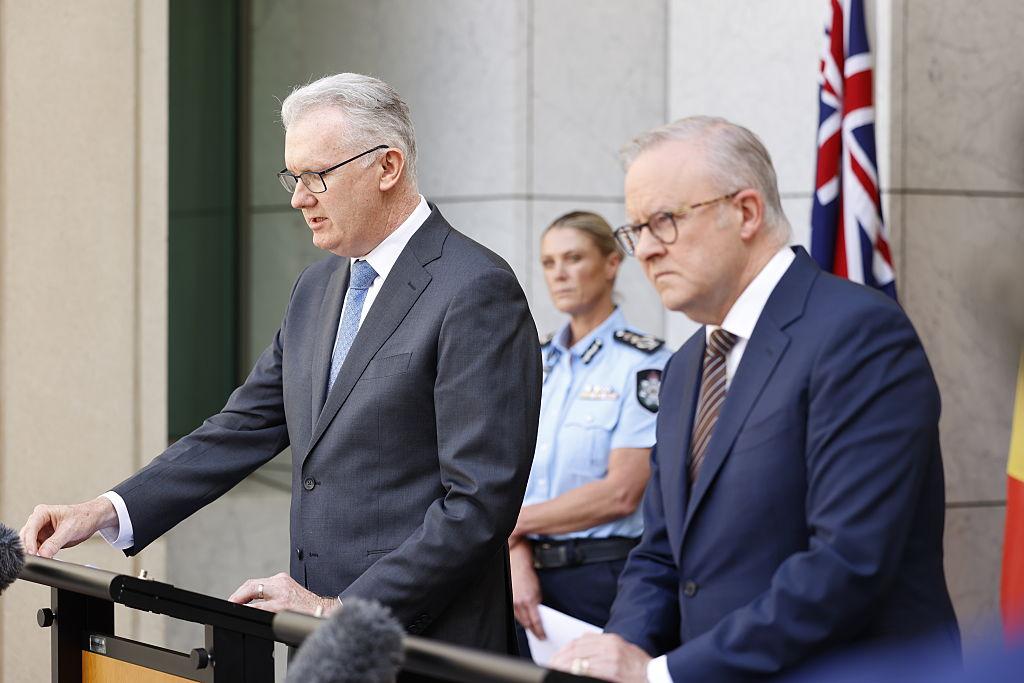A new report by the Menzies Research Centre has found that the rise in class actions taken on “no win, no fee” bases and underwritten by litigation funders has deprived plaintiffs of a significant share of the damages they’re awarded.
Between 2009 and 2020, 41 class actions backed by litigation funders were settled in Australia for a total of $2.389 billion. From this, lawyers took $341.84 million in fees and charges.





